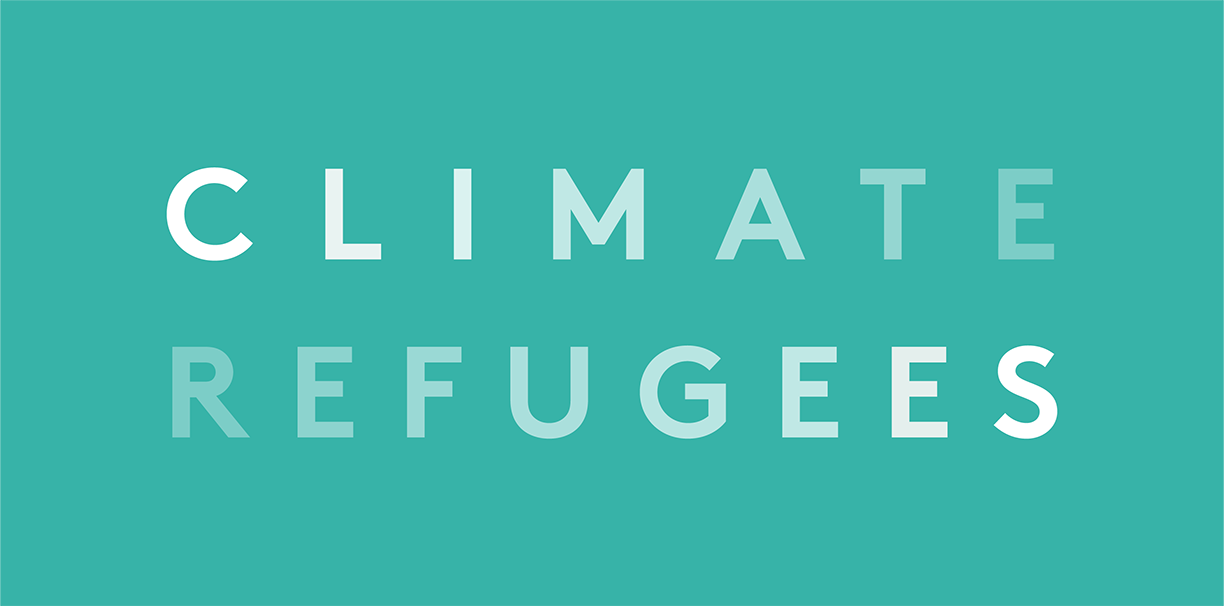Assistant High Commissioner for Protection Gillian Triggs said recently that while opening up the 1951 Refugee Convention to reform would be a risky step backwards, there was a “good case to be made” that a new protocol on climate refugees should be introduced.
The comments from one of UNHCR’s most senior officials come just a few months after a report by the UN Special Rapporteur on the promotion and protection of human rights in the context of climate change highlighted the apparent reluctance of UN agencies on refugees and migration to provide a total assessment of the number of people displaced internationally as a result of climate change. In that report, Special Rapporteur Fry explicitly called for an optional protocol to the 1951 Convention, commenting that it would be logical for UNHCR to administer such a protocol in coordination with IOM and other relevant bodies.
Triggs’ recent comments suggest that UNHCR has heard Fry’s advice loud and clear. They are also a promising step in the right direction towards ensuring ‘climate refugees’ are afforded the same protection as those who leave their country due to a “well-founded fear” of persecution based on race, religion, nationality, membership in a particular social group or political opinion, as laid out in the 1951 Convention.
While establishing a new protocol to the 1951 Convention would be a challenging endeavor, it is not without precedent. As an increasing number of African states gained independence, a protocol in 1967 removed the geographic and temporal restrictions of the original Convention, which had only applied to Europeans displaced prior to 1951, largely as a result of WWII.
Still, Triggs’ concerns that the current “global environment of populist rhetoric” will derail any efforts to tweak the international refugee system are valid. Especially in developed countries like the US and throughout Europe borders are being hardened and asylum-seekers are being met with obstacles and xenophobia. Journeys are often difficult and dangerous, regularly resulting in death. Getting these same countries to agree to a new protocol will require bold and strategic leadership on the part of the UN and states who are willing to champion the protection of displaced people, especially in the context of climate change.
To its credit, UNHCR has shown that it is willing to publicly defend the 1951 Convention, even in the face of criticism from powerful member states. After British Home Secretary Suella Braverman recently questioned whether the Convention was fit-for-purpose and refused to rule out a UK exit from the Convention, UNHCR issued a rare rebuke, saying the Convention “remains as relevant today as when it was adopted” and highlighting the UK’s current asylum backlog.
While defending the refugee protection framework, UNHCR will also have to continue highlighting cases in which people would qualify as ‘climate refugees’, partly in order to demonstrate to states and other stakeholders that a new protocol is necessary and in their interests. During her remarks, Triggs cited the example of the Lake Chad Basin, which is seeing such severe climate impacts and resultant conflict that many are forced across international borders. Triggs stated that someone who moves in this case is a “clear example of somebody who is a climate refugee”.
Our own work in the region, which informed a 2021 case study, confirms that climate change is a major driver of displacement in the region. Based on interviews with over 100 refugees and IDPs, we found that unpredictable weather patterns, droughts, and extreme heat - all worsened by climate change - actually displaced many in the area before the Boko Haram insurgency began. This displacement, and the destabilizing effect it had upon already-impoverished communities, brought many into closer contact with the terrorist organization, eventually forcing them to flee the region altogether.
It is apparent that, in the face of an escalating climate crisis, many displaced people are in need of protection that the international refugee system is not currently equipped to provide. Evidence from climate-impacted communities, like our Lake Chad Basin case study as well as our more recent report from Kenya, must now lead to solutions for those who are being forced to cross international borders as a result of climate change. It is encouraging that UNHCR is acknowledging this and it is our hope that Triggs’ recent comments are just the beginning of a new era in refugee protection.

